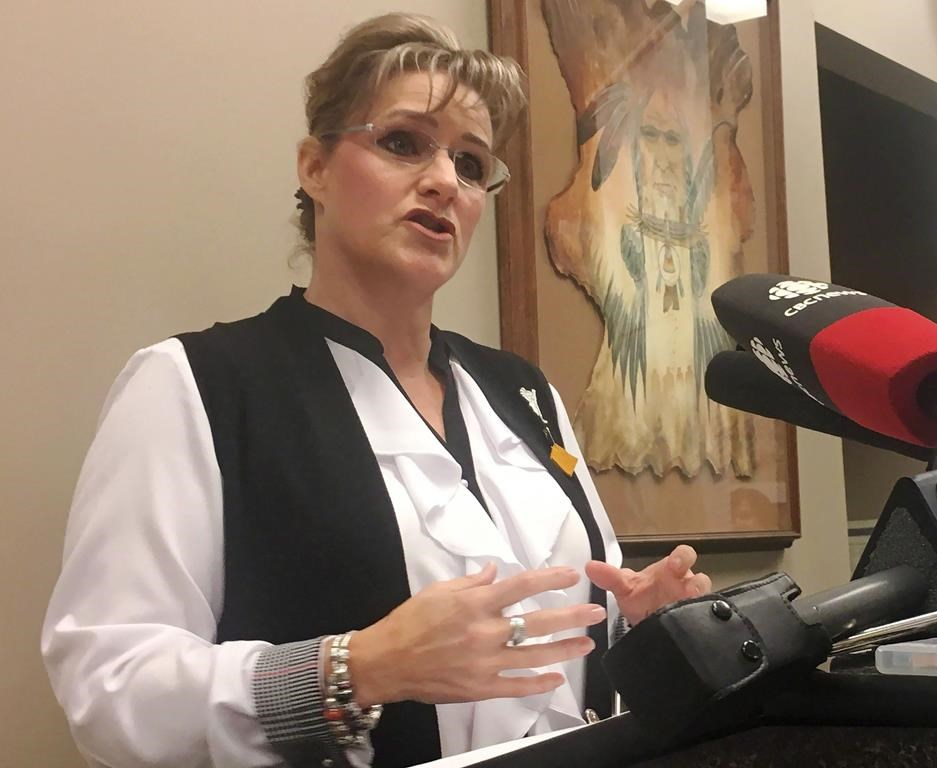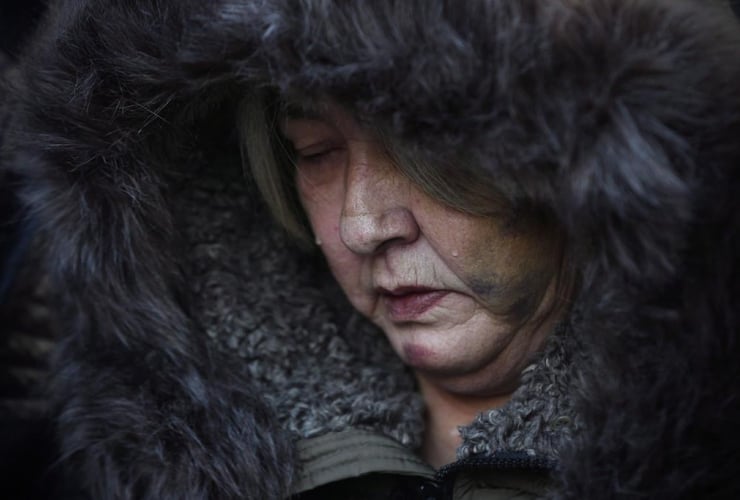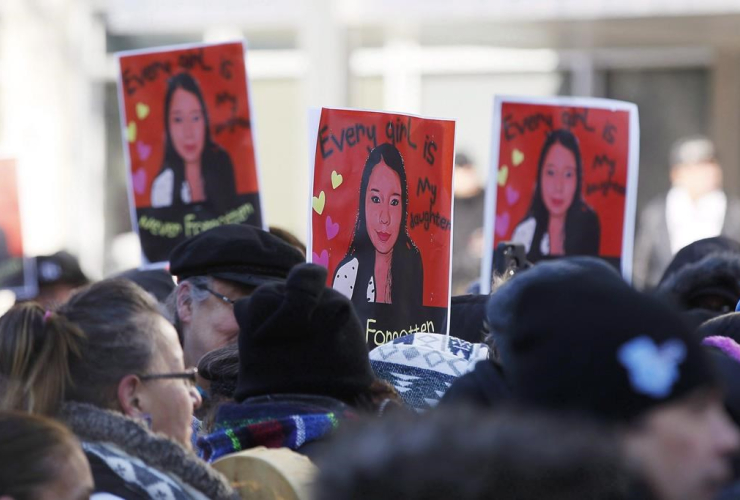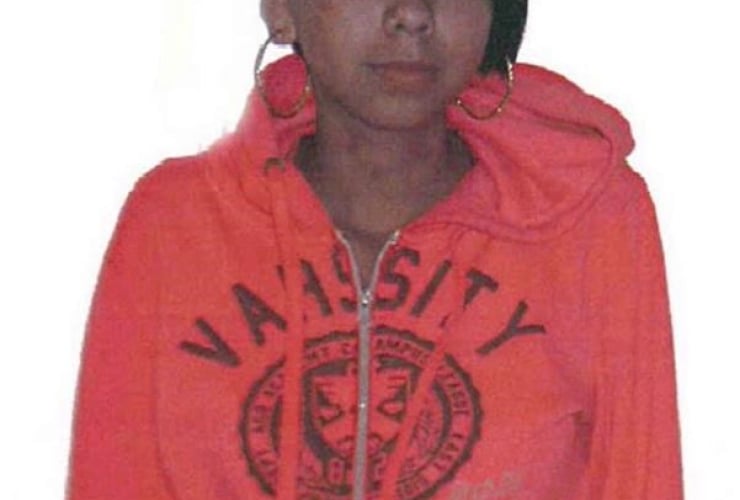The Manitoba children's advocate is to release a highly anticipated report today detailing the investigation into the death of a First Nations teen whose body was found in the Red River.
Tina Fontaine, who was 15, left her home on the Sagkeeng First Nation to reconnect with her birth mother in Winnipeg in June 2014.
Tina had interactions with child-welfare workers, police and the health system before her body was found wrapped in a duvet cover and weighed down by rocks that August.
Her death renewed calls for a national inquiry into missing and murdered Indigenous women and inspired volunteer groups such as the Bear Clan Patrol, an Indigenous-led neighbourhood watch group.
The report from children's advocate Daphne Penrose is expected to detail Tina's involvement with social workers, a hospital and police in the weeks before her death.
Tina's family members say while they will never get Tina back, they hope the report will make sure no other children fall through the cracks.
"Every system failed her. It talks about that in the report," said Thelma Favel, Tina's great-aunt who raised her.
Penrose delivered the report to Favel last week and she said she is happy with its recommendations.
The advocate's office said family and Sagkeeng community members asked for the report to be released on Tina's reserve where there will be ceremonies to honour the teenager.
Tina spent much of her childhood living with Favel at Sagkeeng. But she struggled to cope after her father, Eugene Fontaine, was beaten to death in 2011. Two men pleaded guilty to manslaughter and victim impact statements at their trial described how Tina drifted away from the people closest to her after his death.
In 2014, the teenager went to Winnipeg to reconnect with her mother.
Favel remembers Tina as kind, funny and healthy, weighing more than 100 pounds when she left for the city. Her body weighed 72 pounds when it was pulled from the river.
During the second-degree murder trial for Raymond Cormier — the man acquitted last year in Tina's death — court heard details about what happened in the weeks after she left the First Nation.
The teenager was placed in a hotel by social workers. She spent time on the streets and was sexually exploited. She was also treated at a hospital, interacted with police and called 911.
There were still many questions about what happened to the teenager after the trial. Favel said some of those answers can be found in the advocate's report.
"I'm just happy the way they wrote it, that they investigated and everything."





Comments